|
Scotland is renowned around the world for its changeable weather. Sometimes we enjoy very bad weather with a significant amount of wind, cloud and precipitation, but we also get very fine spells of weather in between. Rapid changes in the weather bring rapid changes to winter climbing conditions and create almost unique styles of winter climbing. In this dynamic environment it can be very difficult to choose the best route to climb on any given day, especially when there are so many different types of climb to choose from. The art of choosing the best route to climb is one that is learned through many years of trying, and often failing, to decipher the many influences of the weather. First up, you need to know about the different styles of climb and what weather is required to bring the climb into condition. Here, in part one, we look at the many different styles of ice climb. Next time we'll look at mixed climbs. Cascade Ice Climbs Elsewhere in the world, ice climbing is usually cascade climbing. Waterfalls freeze in persistent cold temperatures to form cascades of pure, hard ice. A steady source of water and reliably cold weather without very much precipitation create ideal conditions for forming this kind of ice. In Scotland we do occasionally experience such conditions but they rarely stay with us for more than a couple of weeks. When our cascade ice climbs form they quickly become very popular as everyone rushes to climb them before they melt away again. Look out for very cold weather for a week or so. The temperature needs to be below zero for many days for the ice to form. You'll find cascade climbs where a stream or spring dribbles water down a crag. Beinn Udlaidh is perfect and you can sometimes find ice climbing here with next to no snow on the ground at all. Eas Annie, Blue Ribband, Sgurr Finnisg'aig Falls and Steall Falls are all good examples of cascade climbs. Snow-ice Climbs The West Coast of Scotland typically benefits from lots of snowfall accompanied by strong winds and temperatures that can change by 10C in just a few hours (and sometimes back again in the next few hours). The snow is transported by the wind to collect in sheltered slopes and funnelled by gullies. It is warmed up in the following thaw and becomes wet from partial melt or through rainfall. It then freezes into a more solid version of snow if there is a subsequent freeze. This is how snow-ice is formed and the quality of the snow-ice depends on the precise balance of volume of snow, amount and duration of thaw, rain, and how well frozen it is afterwards. With very little change in any one of these variables, the quality of the resulting snow-ice changes greatly. Our most common and most famous style of winter climbing is snow-ice climbing in gullies. Point Five Gully is possibly the most famous example and well known the world over. It does not form just with cold weather. Instead we need snow fall and the right direction of wind to fill the gully with snow; just enough thaw to make the snow wet without melting too much away; then a good freeze to make it solid. This snow-thaw-freeze cycle needs to be repeated a few times to form sufficient snow-ice in the gully to climb. Then we need a calm day with no snowfall and a freezing level below the bottom of the route for it to be in condition. We already have a little snow-ice in some places. Green Gully on Ben Nevis was climbed very recently although it was really quite thin! We need some more snow-thaw-freeze cycles to fatten it up. Thin Face Snow-ice Climbs Snow-ice forms very readily in gullies due to the funnel effect of the gully. It also forms on open cliffs, especially if the snow is wet and sticky as it falls and if rime ice grows on the rocks as well. After a whole winter of snow-thaw-freeze cycles the snow-ice on some very open faces can form into thin ice routes. These are highly sought after and typical of Scottish ice climbing - thin, bold, exposed and brilliant. Examples include Orion Direct, Psychedelic Wall, Albatross and Journey into Space. Great names and memorable experiences! Don't expect any of these to be formed until late February or March. Snow Patch Cascade Ice Climbs
Even more rarely, the balance of thaw and refreeze is such that a unique type of ice cascade can form. These are very similar in style of climbing as cascade climbs but instead of the water supply coming from a stream or a spring, the water is supplied by the snow patch above the climb. Once snow has built up, a thaw will allow water to run down the climb. A hard freeze will then start to form cascade style ice below the snow patch. Mega Route X is a great example of this type of climb which requires a very specific combination of lots of snow, short deep thaws and hard freezes to form. Consequently it is a very rarely formed climb, and highly prized if it is. These are the main styles of ice climb we enjoy in Scotland. Once you know what is required to form each style of climb and can choose what will be best give the recent weather, you need to know where to find a climb of the right style at the right grade that's also safe enough to climb! Next time, we'll have a look at different styles of mixed climb.
0 Comments
Your comment will be posted after it is approved.
Leave a Reply. |
AuthorMike Pescod Self reliance is a fundamental principle of mountaineering. By participating we accept this and take responsibility for the decisions we make. These blog posts and conditions reports are intended to help you make good decisions. They do not remove the need for you to make your own judgements when out in the hills.
Archives
March 2024
|
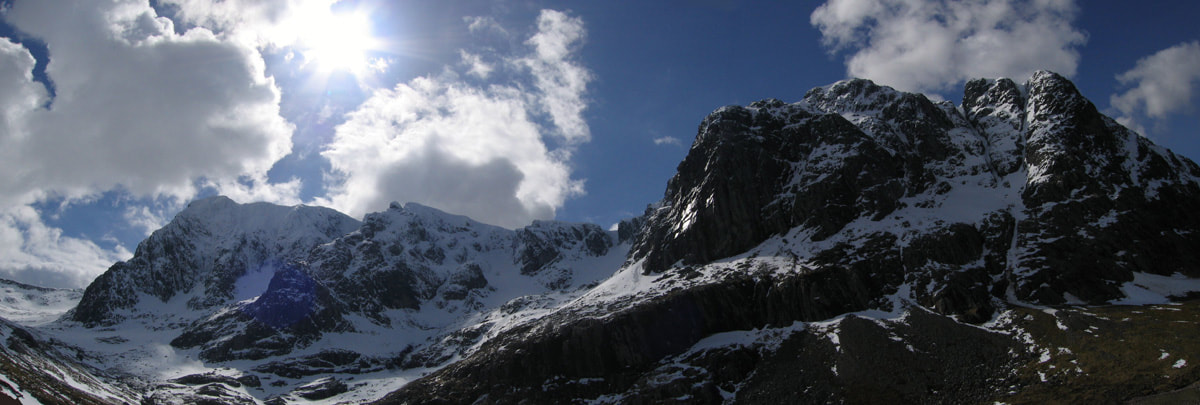
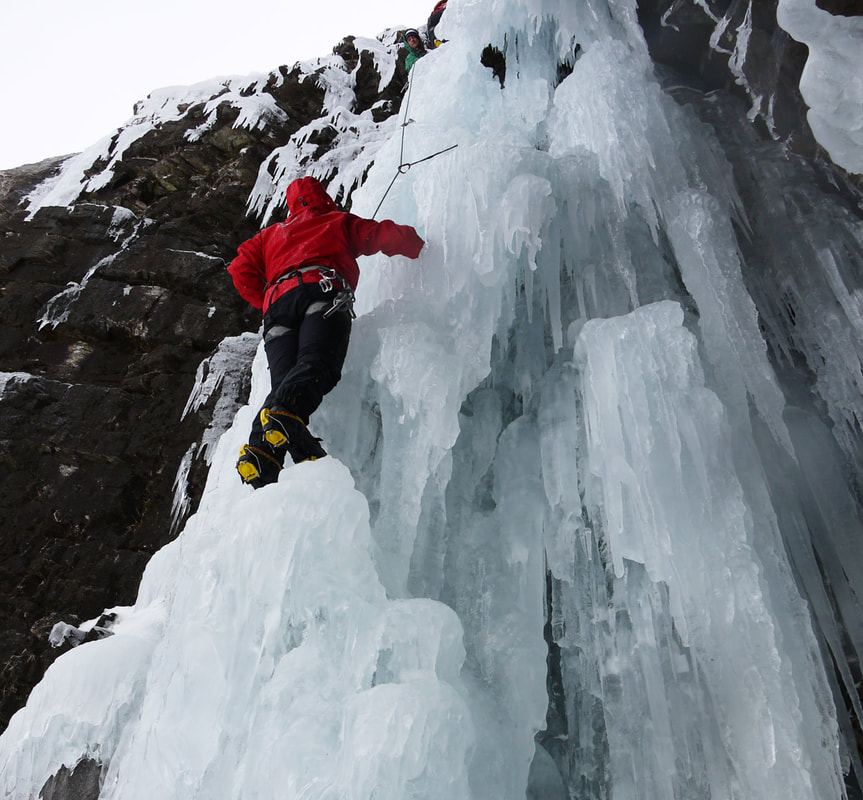
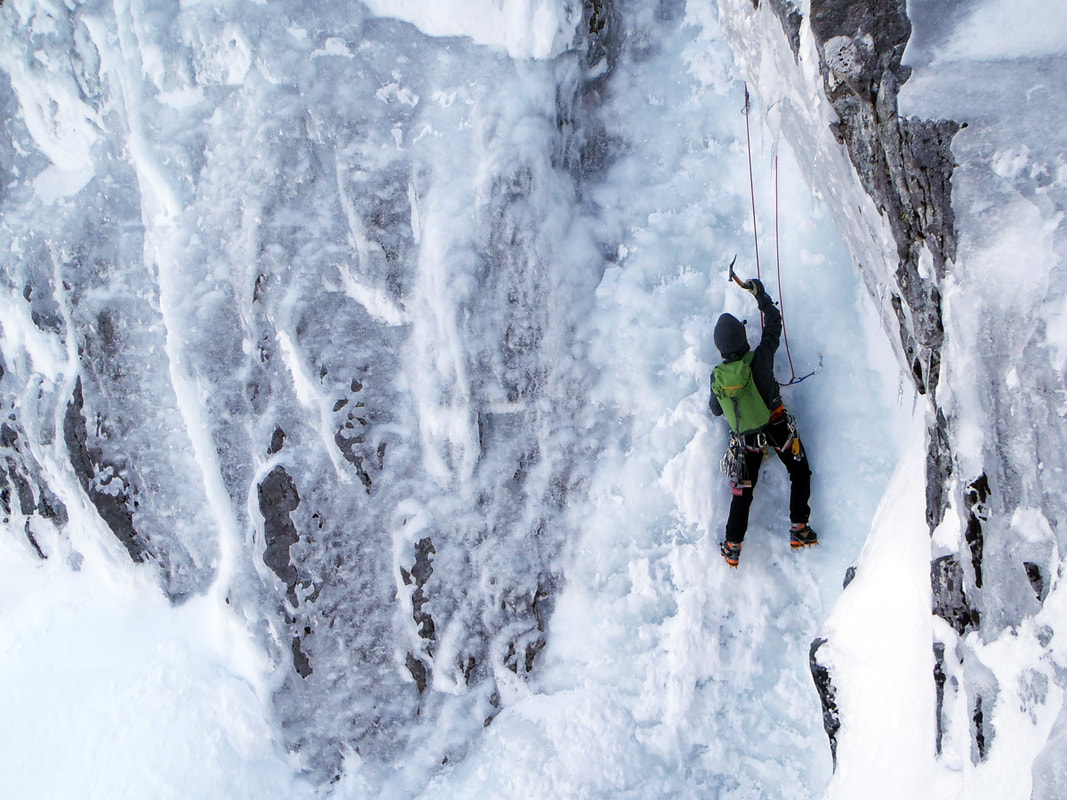
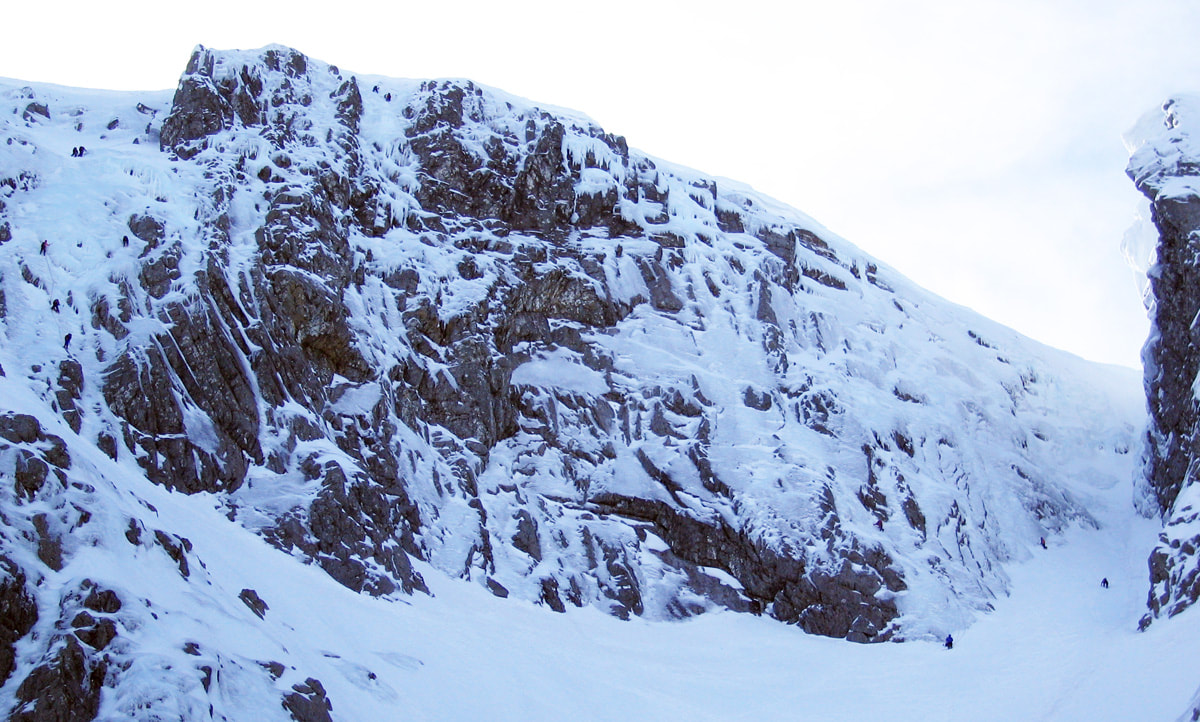
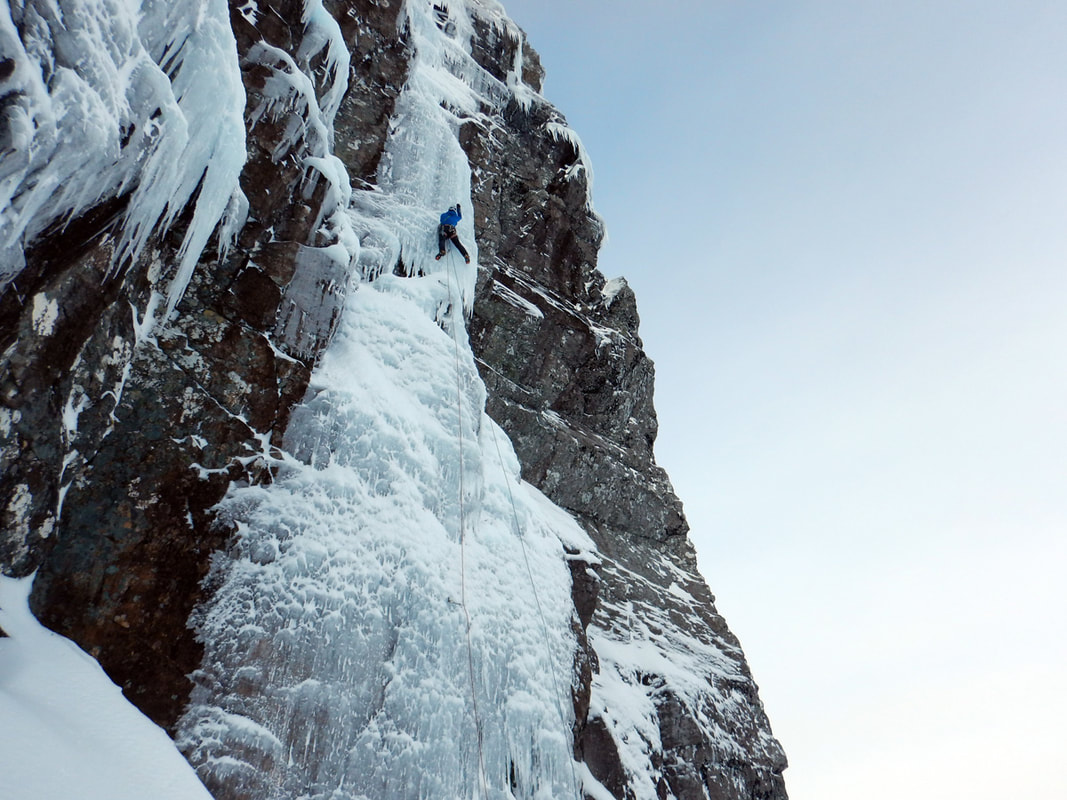
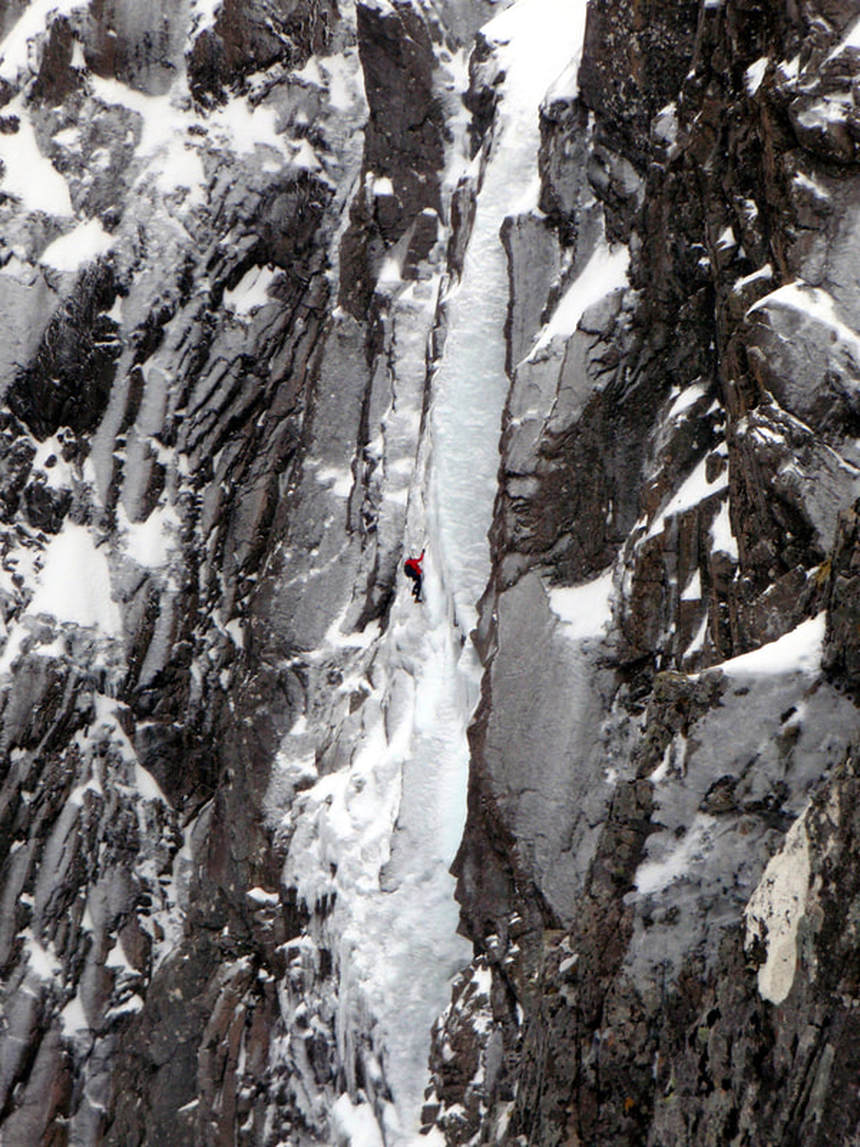
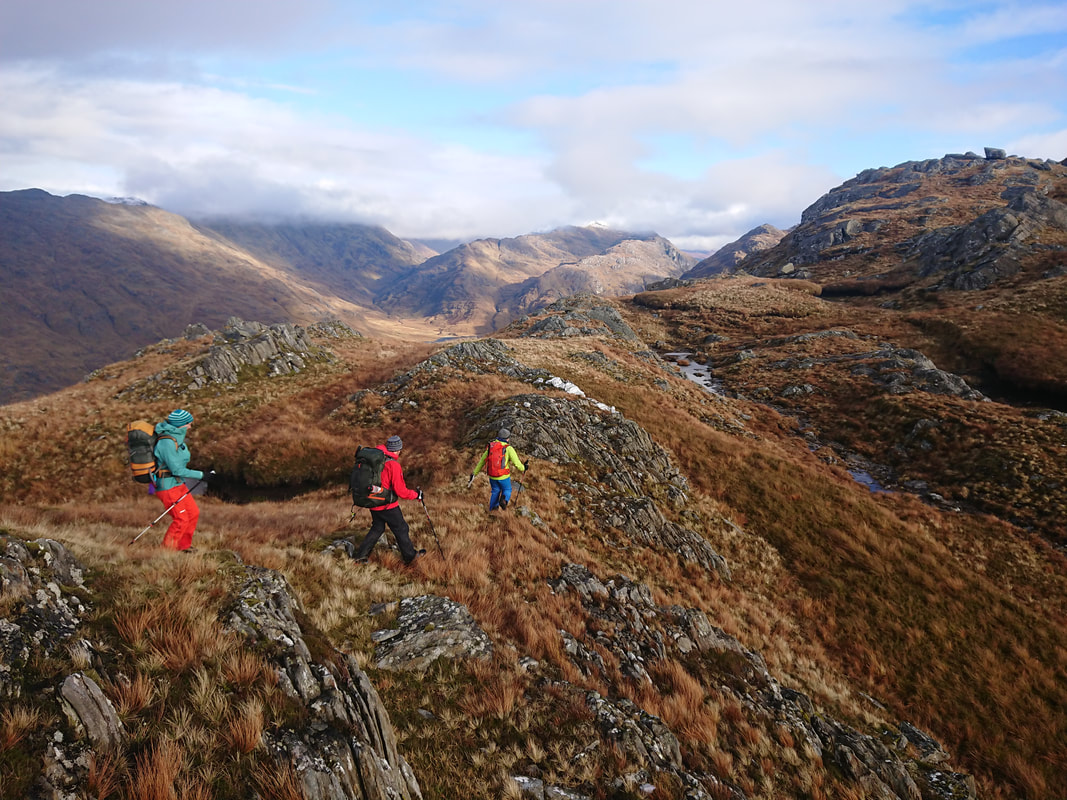
 RSS Feed
RSS Feed
